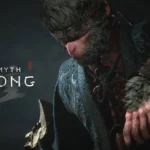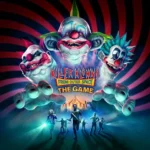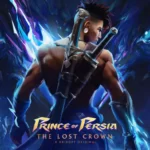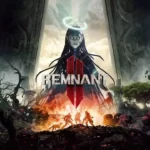For the King 2 is a turn-based roguelike game inspired by a variety of tabletop adventures. This game is published by Curve Games, and it is being developed by Iron Oak Games. In this game, we can take up to four party members on five different adventures that are linked together as a narrative. But those individual adventures consist of moving our party through a series of story objectives that relate to the plot, which we’re about to find out, but also include a bunch of procedurally generated events, activities, quests, and things like that on the overworld map.
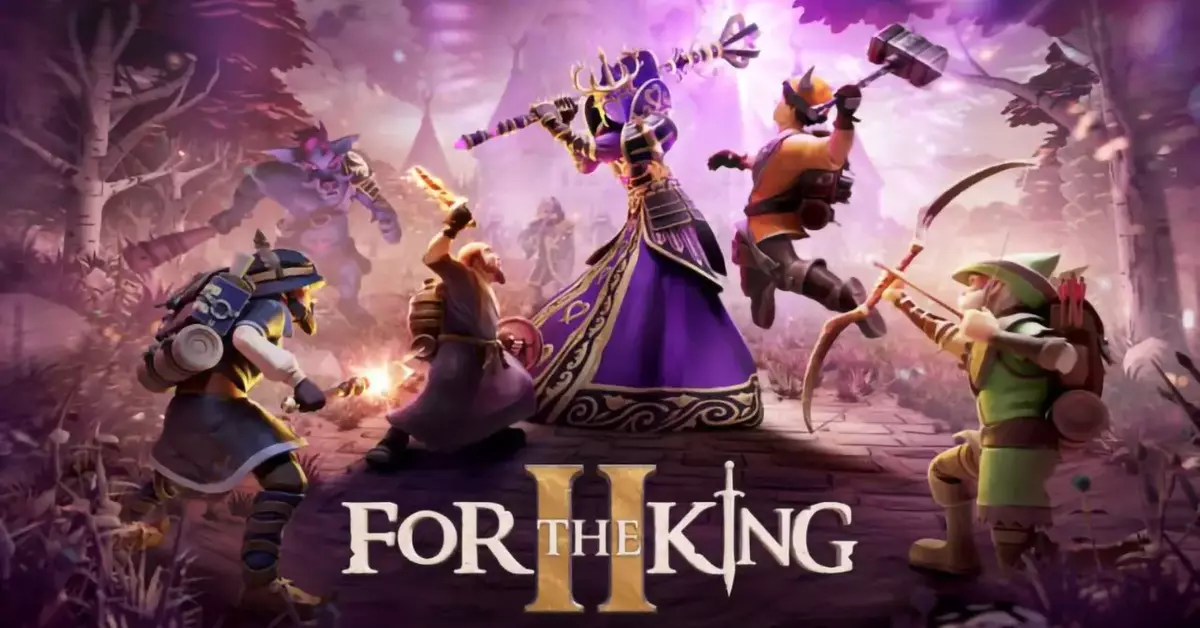
The Tale of Resistance Unfolds in For the King 2

For the King 2 has a pretty well-structured story. So let’s find out a little bit about it. As this is the second game in the title, it does follow the events of the first game, with the previously beloved Queen Rosamond having fallen to chaos and corruption. A few decades after the first game, where initially her kingdom, after the defeat of chaos previously, enjoyed relative peace and tranquility, The Queen suddenly turned into a tyrant and started imprisoning people. if they couldn’t pay her exorbitant taxes, which she was using to fund some grand scheme. Naturally, a resistance has popped up to this, which is where the story begins, as we form a band of adventurers that make up this resistance, or at least a part of it.
You can play this as a single player or as a four-person co-op. The story consists of five chapters, which are essentially separate adventures that are linked with each other, so you don’t necessarily have to play through the entire thing all at once, and it can be done bit by bit.
once you started the game. The first thing you’ll do when picking an adventure is check out the difficulty. This comes with a variety of presets that affect things like the amount of revives available to you, your loadout points, which we’ll go through momentarily, the speed at which chaos increases on the map, which gives you more challenging encounters and curve balls, on top of the simple prices of everything, and your starting items.
ALSO READ: WHAT IS DOT WORLD OF WARCRAFT – A BEGINNER’S COMPREHENSIVE GUIDE
You can pick the presets; you can also adjust these presets individually and go with a more custom setting. After that, you can make your actual team, which consists of picking four characters and their starting class. You only have five classes to start with. There will be a total of up to 12 as you unlock them through the roguelike mode, with each class coming with its own strengths and weaknesses. the blacksmith making a great tank, for instance. The hunter has a range of options. The scholar gives you magic and potentially area-of-effect abilities.
These classes are good at different things; they also gain certain passive abilities in the overworld. For instance, the herbalist, on their turn, might find herbs just by walking around, giving you extra items to use. The scholar might have scrolls that give them access to various magical abilities, like teleporting on the overworld, and a variety of other helpful features. You can customize these characters a bit, both cosmetically and with their names. But once you’ve got that sorted out, you go to the loadout screen. When you start an adventure, you get to pick your blowout, as you might imagine, which gives you a set amount of points to spend on gearing that character with a variety of items to start your adventure.
Dynamic Gameplay in Every Adventure
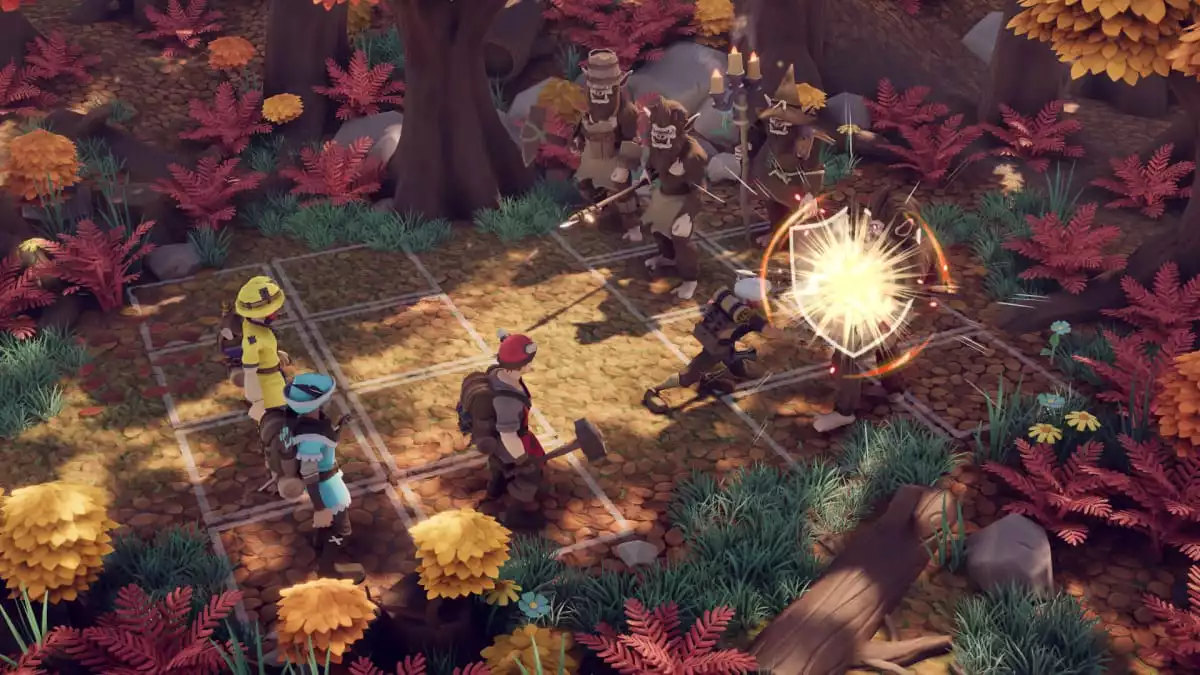
Your points to spend are on a per-character basis, and the options available for them to start with are based on your previous runs and the things you have unlocked. The first objective started on the overworld. It varies depending on the choice of adventure. but the first one sends you off to a nearby town. But even on the overworld, we are taking turns here, with each character getting a turn in each round. Once all of your characters have taken their turn, the timer up at the top of the screen counts down by one, which is important for certain timed quests, contracts on mercenaries, and other things.
With every character’s turn, they first roll their ability to move, which will determine how many hexes they’re allowed to go. They all have a minimum, and then they can potentially earn extra movements based on some rolls behind the scenes, which you can see when that character starts their turn. This can be affected by things like weather, which can be both beneficial and detrimental. Once they have their movement, you can decide where they go and start uncovering various pieces of the map. Now, the hexes with the question marks mean you don’t actually know what is there, despite them not being covered by the fog of war. As we get closer to things, though, we’ll reveal what is on them, which can be things like enemy encounters, events, towns, or even dungeons.
ALSO READ: HEARTHSTONE BATTLEGROUNDS – A COMPREHENSIVE GUIDE FOR BEGINNERS
While the story-specific objectives are pretty much always in the same place, individual things, like quests or encounters, will change from adventure to adventure, making sure that no single playthrough is ever quite the same. The best way to complete each adventure is to simply follow the story objectives, but there is more to do.
Town Services, Side Quests, and Time Management in For the King 2
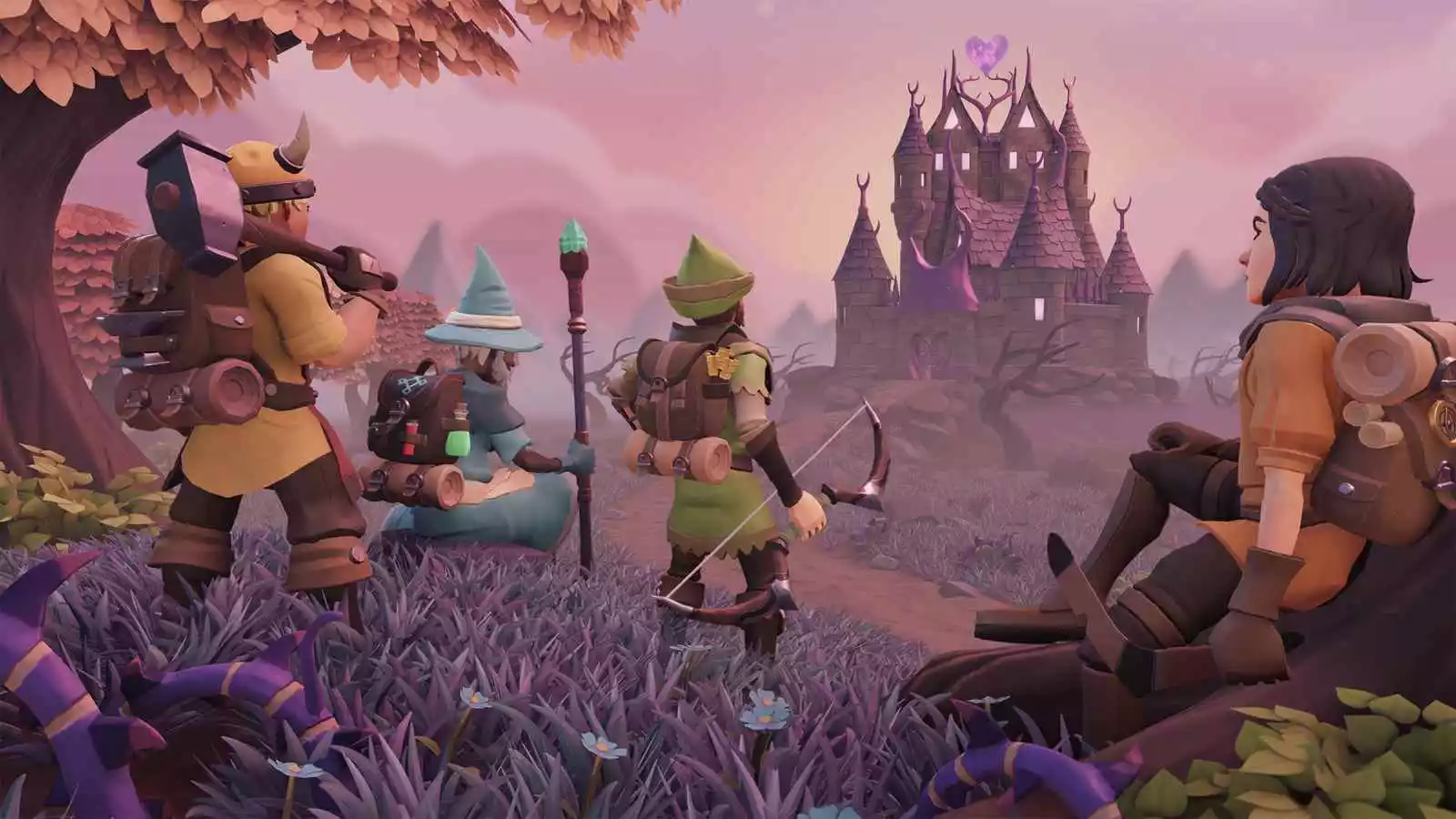
When you go to a town, you can make use of the various services there, which include simply buying things, healing your party members through a variety of services, or taking on a bunch of side quests or potentially even hiring a mercenary, as each of our characters can have a follower with them, which can be acquired through random events or just hiring them here in town, though the hired ones do only last for a set amount of turns based on the contract that you paid for.
While you can get up to a variety of side content, you do have to be mindful of the time that is passing, as certain events do need to be completed on certain days. Moreover, as time passes, the background chaos level increases. As the chaos of the realm increases, we can encounter more and more dangerous activities, enemies, events, etc. While we complete the story objectives, we will be gathering an item called lore. Your lore is important for the roguelike aspect of the game. As we’re exploring For the King 2, we are almost certainly going to be running into a variety of enemies, both in the overworld and in the game’s dungeons.
The difference is that overworld encounters are essentially just one battle, whereas the dungeons of the game are a series of multiple rooms that all have to be done at once and can’t be fled from. In these dungeons, we’ll need to fight enemies as well as deal with certain other types of rooms that can be things like traps or merely rewards and treasure, and these are a pretty great way to gear up your team, as the rewards from the dungeons often coincide with the risk involved, meaning that these are a great way to equip your party with better equipment.
equipment to take on the bigger and more challenging encounters. In between each room, you can usually heal a small amount of your companions who fall or die. You will be able to revive them in combat based on the amount of revives available to you, depending on the difficulty you selected. So the life pool, as part of that, is the number of times you can revive your companions.
Mastering the Tactical Dance in Turn-Based Combat

As for the combat itself, this is a turn-based tactical affair, consisting of each side having a small grid of movement available to them on top of a turn order. On each character’s turn, they generally get one primary and one secondary action. with primary actions being represented by the diamond-shaped icon, and using these generally also ends your turn.
However, you can use secondary actions, indicated by the square icon, which can include things like changing out your weapons or using an item from that character’s inventory, as the inventory is typically individual. Now, your skills are generally based on the equipment that character has, but when they make attacks with those skills, they scale off of the appropriate stat at the same time.
If you’re using things like wands or staves with magical attacks, that generally scales off your intelligence. You might want to equip characters with what they are good at using. But you also have to keep in mind the positioning, as the grid is not just for show. On each character’s turn, you can choose to move them, and you might want to do that, as the back row, for instance, gets a bonus to things like evasion, while a character behind another character, who has a shield, will protect them from being targeted as they first have to attack the character in front of them.
Other times, squares might be affected by things like elemental attacks or environmental effects, such as rain, fire, etc. So where each character is positioned is also important. As well as each character’s armor value. This is typically made up of physical and magical elements that block the appropriate damage type. For instance, if I’m attacking a heavily armored guard with melee attacks and I don’t deal enough damage to overcome their armor, then I’m not going to be dealing much damage at all. Whereas that same heavily armored guard might not have any magic defense and is thus pretty easy to hit with something like a scholar.
That’s before you even start talking about things like immunities and abilities that take away enemies turns. When you put all of those pieces together, you have a pretty satisfying turn-based tactical experience that weighs pretty heavily on your character stats, because as we participate in combat and complete quests, we will be gaining experience and leveling up, which will increase the character’s stats. And those stats, combined with that character’s equipment, thus their attack types and abilities, all play a role in determining your combat effectiveness. If you are trying to attempt something you’re not quite ready for yet, the game will tell you that you’re probably going to be in over your head a little bit.
Unlocking Endless Possibilities in For the King 2
Now the lore we collect for completing objectives and the lore store come in. In between adventures, we can access lore stores and spend our lore there, which effectively equates to unlocks that we can then take on future runs, which include a little bit of everything. In order to unlock things, you do have to complete certain things in campaigns to make them available. Some stuff is available right out of the gate, but for other things, you have to complete certain prerequisites to unlock them through the Lore Store. You can access all sorts of things, such as new classes, more items to set up your loadout, traits to give individual characters, which will just give them passive abilities at what they’re good at, items, locations, cosmetics, and mercenaries.
Some of these items can even be upgraded to allow you to take more than one. There’s also a cosmetic option that simply makes your characters look a little cooler. Locations will unlock new encounters in the overworld, for instance. As you play For the King 2, go on more and more adventures; you can unlock more and more rewards and make the game easier for yourself, which is where the big roguelike portion of the game comes in.
Conclusion
For the King 2 introduces dynamic gameplay on the overworld map, where players unveil procedurally generated events, quests, and encounters. The turn-based combat system adds layers of strategy, considering character positioning, armor values, and environmental effects. The game’s roguelike elements are evident in the lore collection, influencing future runs through lore store unlocks, including new classes, items, traits, and more.
When you put all of those things together, For the King 2 can offer a fun party-based roguelike RPG, either for yourself or again, up to a 4-player co-op, that, like tabletop adventures, can provide either a pretty serious RPG or a zany adventure full of chance encounters.
With its captivating blend of storytelling, strategic depth, and roguelike progression, For the King 2 emerges as a promising title for both solo and cooperative play. The diverse challenges, time management aspects, and continuous lore-driven unlocks contribute to a rich and engaging gaming experience. Explore the endless possibilities and embark on a compelling journey through the realms of For the King 2.

